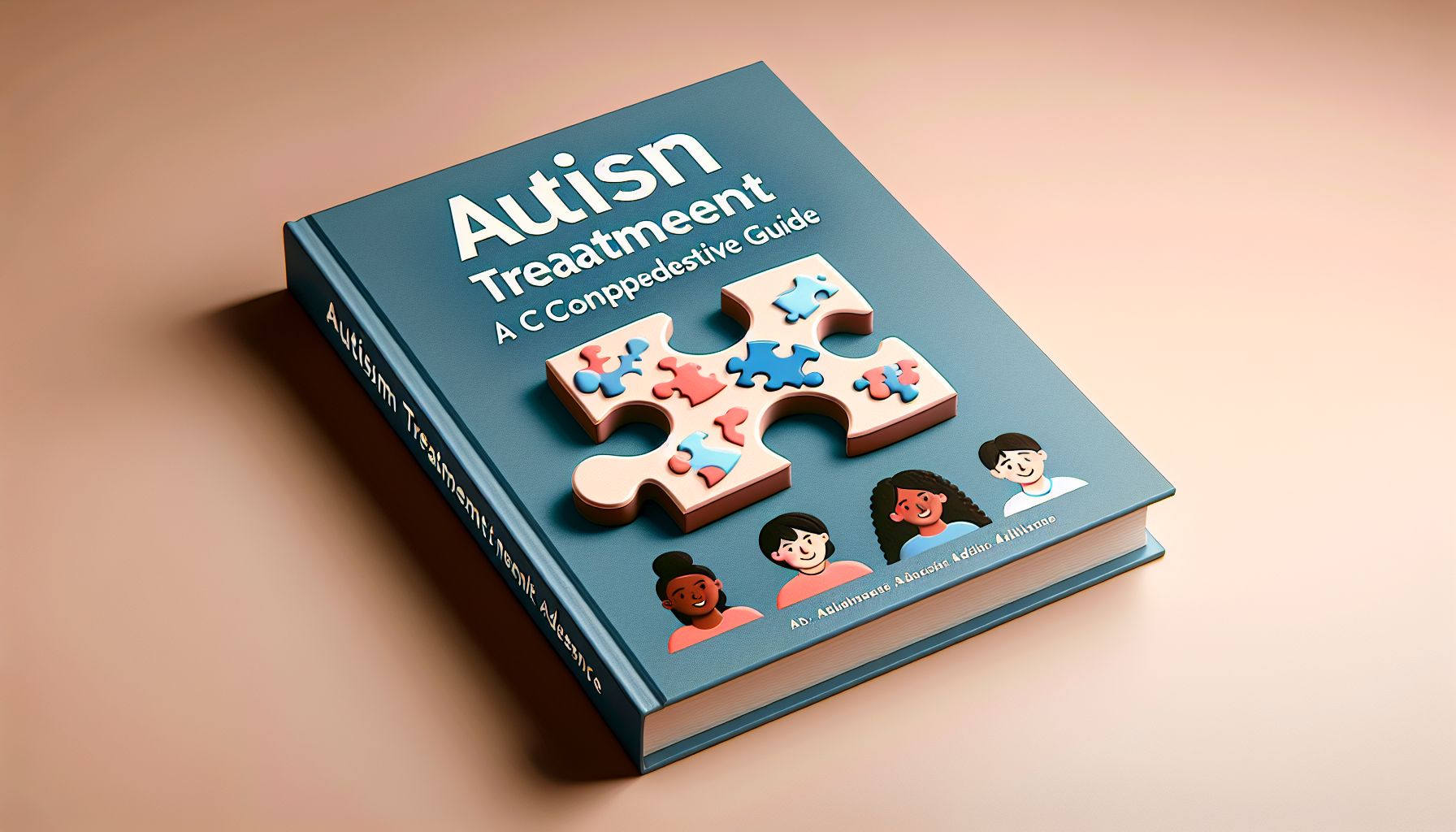Adolescence is a challenging time for many. But for teens with autism spectrum disorder (ASD), this period can present additional complexities due to the unique challenges the disorder brings. According to the Centers for Disease Control and Prevention, approximately 1 in 54 children in the United States have been diagnosed with Autism Spectrum Disorder. The frequency of diagnoses requires us to understand the treatment options for these adolescents. With the right approach, individuals with ASD can lead fulfilling lives. This article uncovers the suitable treatment options for adolescents with ASD to facilitate their personal and societal integration.
Understanding Autism Spectrum Disorder
Autism Spectrum Disorder (ASD) is a complex neurodevelopmental disorder characterized by difficulties with social communication and interaction. For some, these difficulties might be subtle, while others may face more pronounced challenges. Understanding autism, especially during the sensitive developmental stages like adolescence, is crucial for effective treatment and management.
Intervention During Adolescence
Early intervention remains cardinal for treating ASD, but this doesn’t suggest that older kids or teens can’t benefit from treatments. Indeed, adolescence presents unique opportunities for intervention. It’s during this time that teens significantly develop socially, physically, and mentally. Thus, it’s an excellent time to capitalize on these growth opportunities to develop interventions that meet the changing needs of an adolescent with ASD.
Types of Autism Treatment in Adolescence
There’s no standard treatment that works for all teens with ASD. The treatments categorize into two key forms: psychosocial treatments and medicinal treatments.
Psychosocial Treatments
1. Cognitive-behavioral therapy (CBT)
Cognitive-behavioral therapy can help teens with ASD by teaching them skills to manage their anxiety, increase their social competence, and regulate their emotions. It requires active participation, which can help the teenager gain a sense of ownership over their growth and treatment.
2. Social Skills Training
During adolescence, the need for social interaction grows. Social skills training leverages this opportunity to provide teens with ASD the skills necessary for forming and maintaining relationships. It can involve direct instruction, role-playing, and use of video modeling, among other methods to teach essential social skills.
3. Parent-mediated Intervention
For teens with ASD, support doesn’t end at the therapy door. Parent-mediated intervention provides the family with strategies to promote the teen’s communication and social skills. This continuous reinforcement can be very beneficial.
Medicinal Treatments
Some teenagers with ASD may also require medication to manage associated conditions such as Attention Deficit Hyperactivity Disorder (ADHD), anxiety, or depression. Remember, each person with ASD is unique, and medication should be considered as part of an individualized treatment plan.
Transitioning to Adult Services
A significant aspect of autism treatment in adolescence involves preparing the teenager for transitioning to adult services. Since ASD is a lifelong condition, treatment doesn’t end when the teen turns 18. It’s important that parents, caregivers, and therapists work with the adolescent to plan an effective transition, which can include: ongoing therapy, job coaching, assistance with social relationships, and help with daily living skills.
The Family’s Role in Autism Treatment
The family plays an instrumental role in autism treatment. As a parent or caregiver, your understanding, love, and support can make a great difference. Importantly, you have to educate yourself about ASD and its implications. Collaborate closely with the professionals involved in your teenager’s treatment. Being there for your teenager during their ups and downs can make their journey much easier.
In conclusion, adolescence is a critical time for treatment in individuals with Autism Spectrum Disorder. From cognitive-behavioral therapy to medication, a host of treatments can be employed during this stage. Parents and caregivers have a crucial role to play in the treatment process, from being an active part in interventions to helping transition into adult services. With the right treatment approach, teens with ASD can lead fulfilling and meaningful lives.

